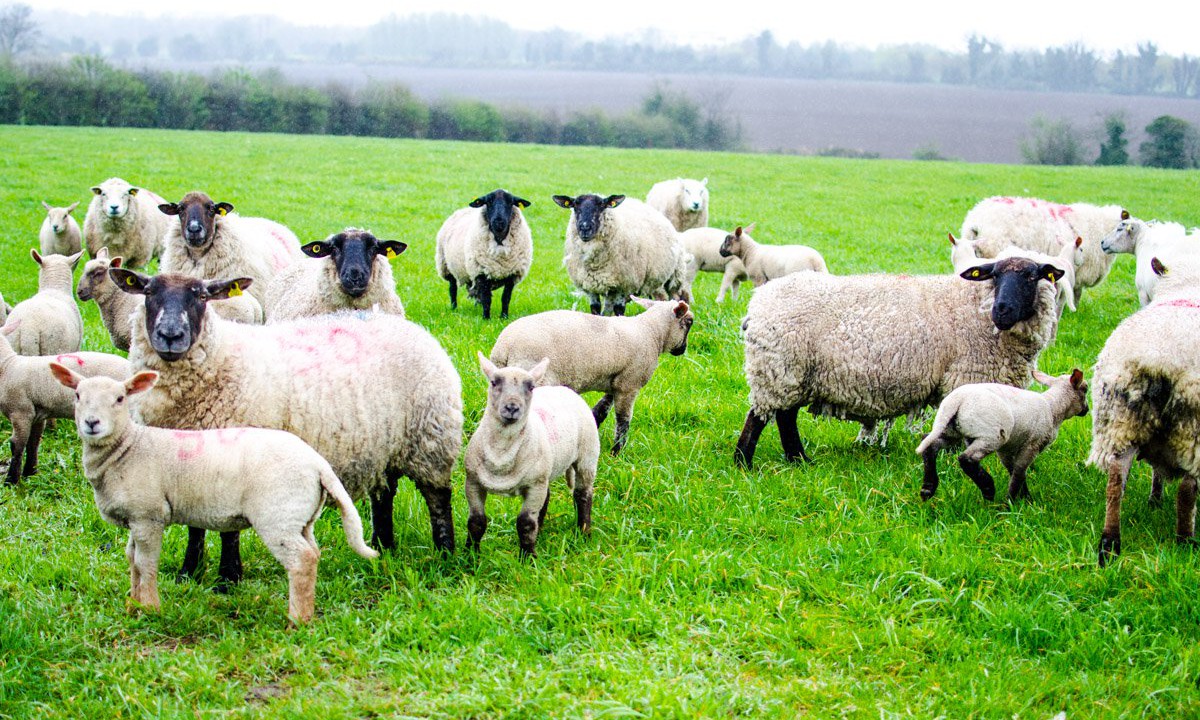The Sustainable Control of Parasites in Sheep (SCOPS) group’s nematodirus forecast map is back online, after being unavailable for a number of days due to technical problems with the weather data.
The forecast, which presents as an interactive map, help farmers across the UK every year to keep up to date with the nematodirus risk in their area. Its prevalence this year has come slightly sooner than expected due to an unprecedented rise in temperature.
The forecast predicts the hatch-date for nematodirus based on temperature data from 140 weather stations throughout the UK and, according to the forecast, hatching has already begun in parts of southern England.
Much of the Midlands, Wales and parts of Northern Ireland also now carry a moderate risk, meaning hatching will soon start.
“The SCOPS Nematodirus Forecast shows many locations around England and the Scottish Borders are now at moderate risk, and we expect to see more lower-lying areas moving to high risk in the next few days,” said Lesley Stubbings of SCOPS.
“This means a hatch is likely to take place within seven to 14 days if warm weather persists. Lambs most at risk are six to 12-weeks of age.
“When the weather station in your locality shows a risk, it is vital you carry out a risk assessment to decide whether you need take action, such as drenching or moving lambs to lower risk grazing that was not grazed by lambs last spring, to avoid a high challenge.”
What is nematodirus?
Nematodirus is a disease cause by Nematodirus battus, a parasite found in the small intestine of lambs. It can cause diarrhoea, ill thrift and death.
Cold weather delays the hatching of N. battus eggs. From – typically – April onwards, as the soil heats up, hatching begins.
The nematodirus forecast is available on the SCOPS website.

